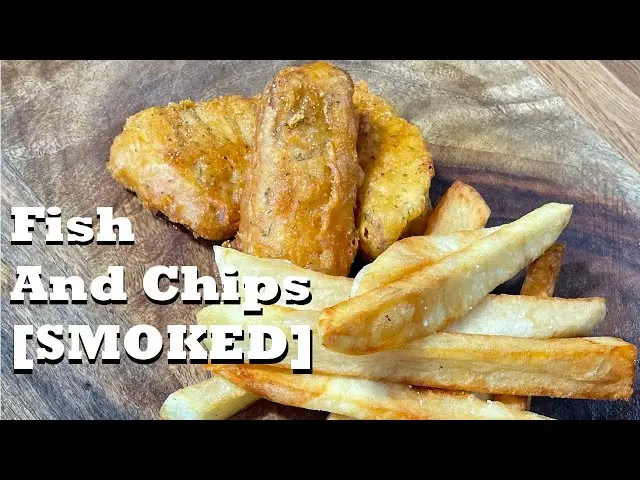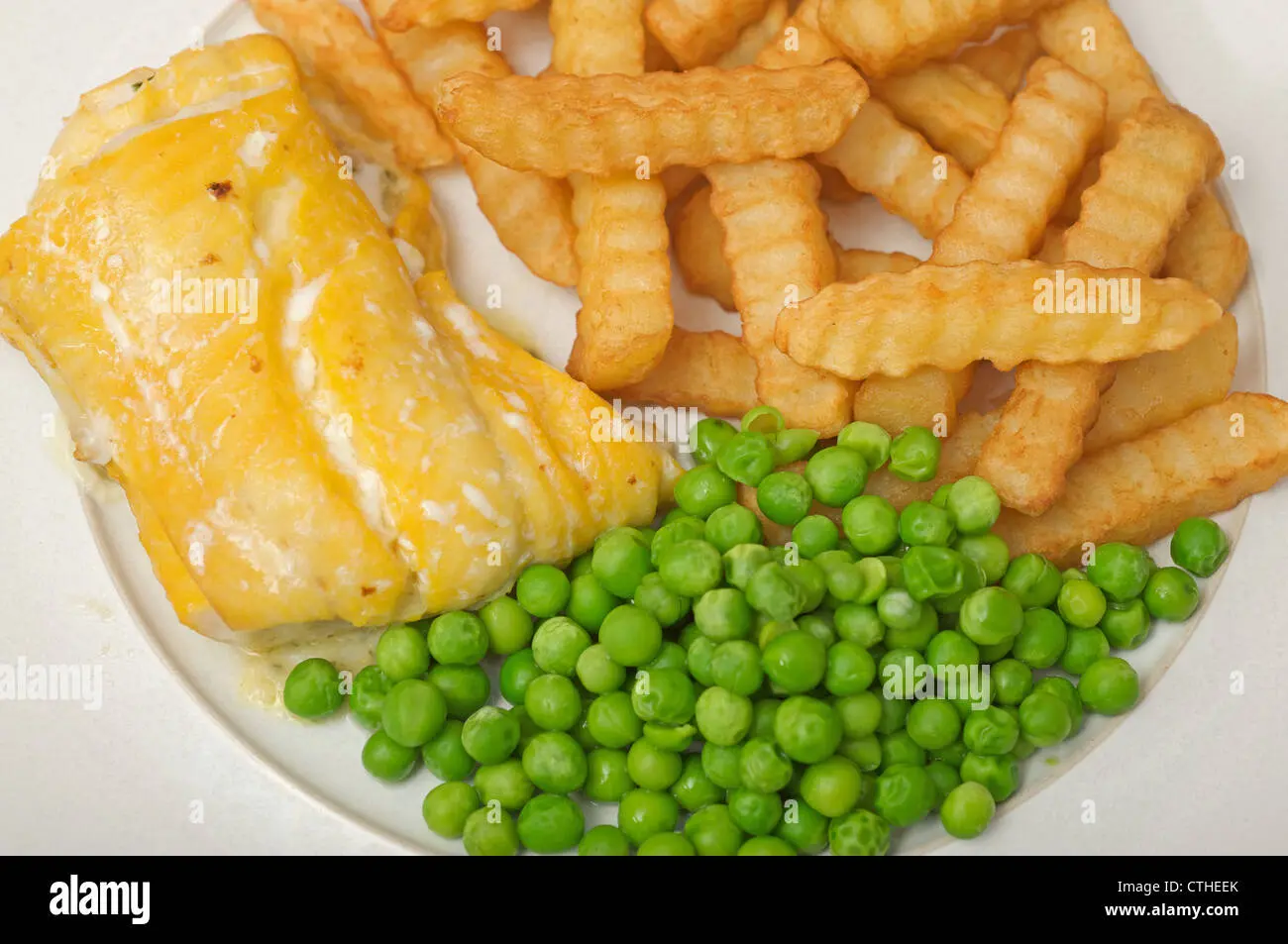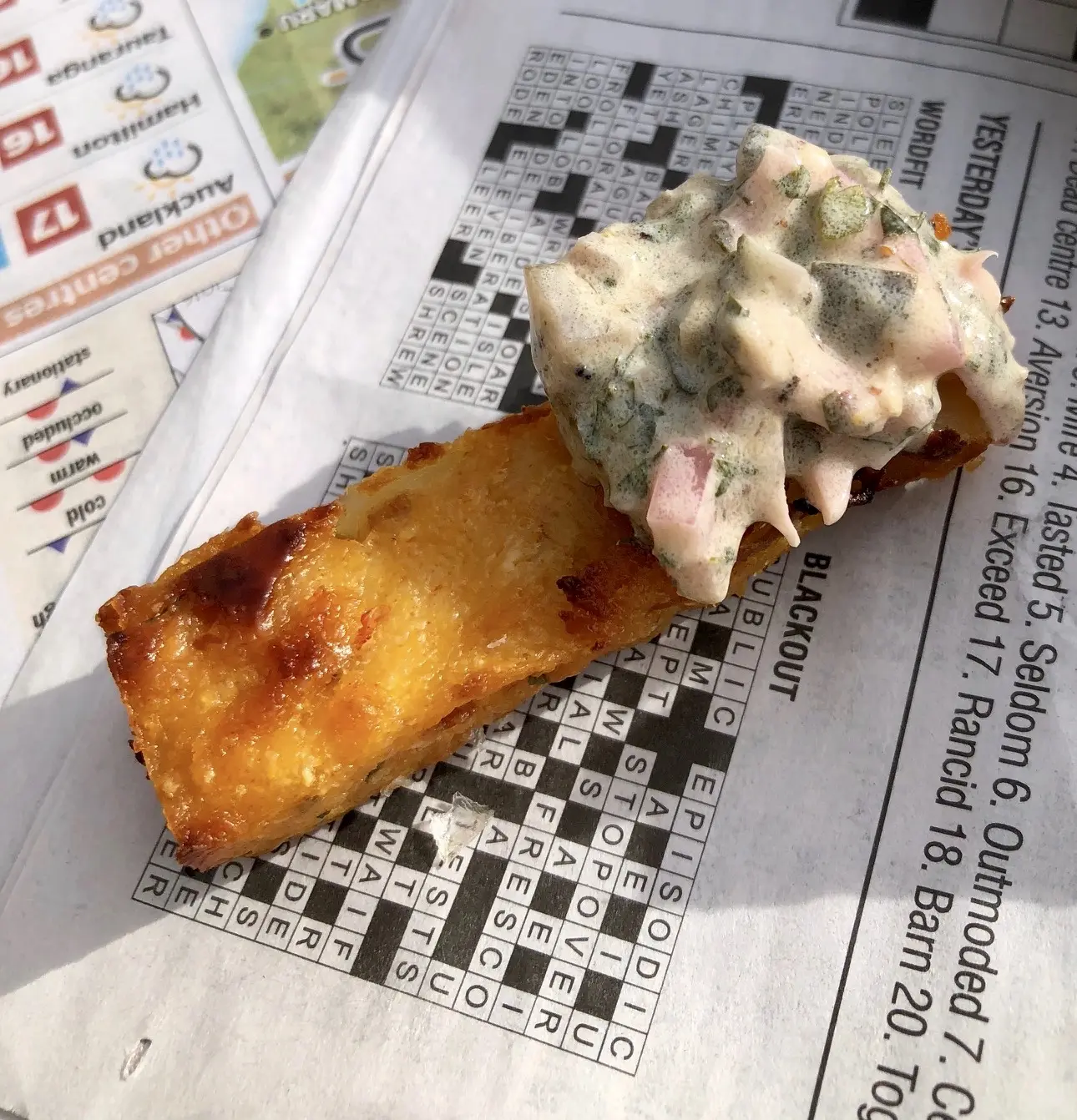Smoked fish and chips is a beloved dish in British cuisine, combining the smoky flavors of haddock with the crispy goodness of chips. The star of this dish is the Arbroath Smokie, a type of smoked haddock that originated in the small fishing village of Auchmithie in Scotland.

The Origin of the Arbroath Smokie
The tradition of smoking haddock to create the Arbroath Smokie can be traced back to Auchmithie, a village with a rich fishing heritage. It is said that the tradition may have begun as early as the 11th century, during the Viking raids in the region. However, the exact origins are still a matter of debate.
As the village of Auchmithie relied heavily on fishing, particularly haddock, herring, crab, and lobster, it is certain that the tradition of smoking fish is at least two centuries old. Legend has it that the tradition started when a cottage caught fire, and the haddock that had been hung for drying were found in the ruins, smoked but still edible.
The Smoking Process
The preparation of the Arbroath Smokie begins with salting the fish for around 2 hours, depending on its size. The fish are then tied by the tail and hung in pairs on wooden rods. Afterward, the salt is washed off, and the fish are left to dry for approximately five hours to harden the skins.
Traditionally, smoking was done using smoke pits prepared by women. A hole was dug in the ground, and half of a whisky barrel was placed into it. The rods with the fish were placed in the smoke pit and smoked over oak or beech wood, covered with layers of hessian to trap the smoke. The smoking process takes around 45 minutes.
Today, people in the region continue to smoke fish in their backyards to sell to the local community. There are also a few local businesses that specialize in smoking fish. The best way to enjoy the Arbroath Smokie is when it is hot off the barrel, as it has a mellow flavor with hints of salt and smoke. However, it can also be enjoyed cold.
The Fish in Fish and Chips
When it comes to fish and chips, British people have their own preferences. The fish used in this classic dish is typically a flaky white fish, battered or breaded, and then fried to perfection.

In the UK, the most commonly used fish for fish and chips are cod and haddock. Plaice is also popular, but it is less commonly available in the US. Tilapia is gaining popularity as a fish choice for fish and chips in the US due to its light texture and subtle flavors.

In British fish and chips, the fish is usually battered and then fried. However, in the US, you may have the option of choosing between breaded or battered fish. Breaded fish tends to be more delicate, while battered fish has a crispy shell surrounding the fish. Additionally, it is common for UK restaurants and pubs to leave the skin on one side of the fish, although this is less common in the US.
The Perfect Accompaniments
A true fish and chips meal is not complete without the chips, which are known as French fries in America. For the ultimate experience, freshly cut and fried chips are recommended over frozen ones.
In addition to the chips, mushy peas are a traditional accompaniment to fish and chips in the UK. Mushy peas are simply semi-mashed peas served alongside the dish, adding a unique and delicious touch to the meal.
Smoked fish and chips, featuring the delectable Arbroath Smokie, is a British culinary tradition that has stood the test of time. Whether you enjoy it hot off the barrel or savor it cold, the combination of smoky haddock and crispy chips is a delight for the taste buds. So, next time you're in the mood for a classic British dish, indulge in some smoked fish and chips for a truly satisfying meal.
If you want to know other articles similar to Smoked fish and chips: a delicious british tradition you can visit the Food category.


Related Articles